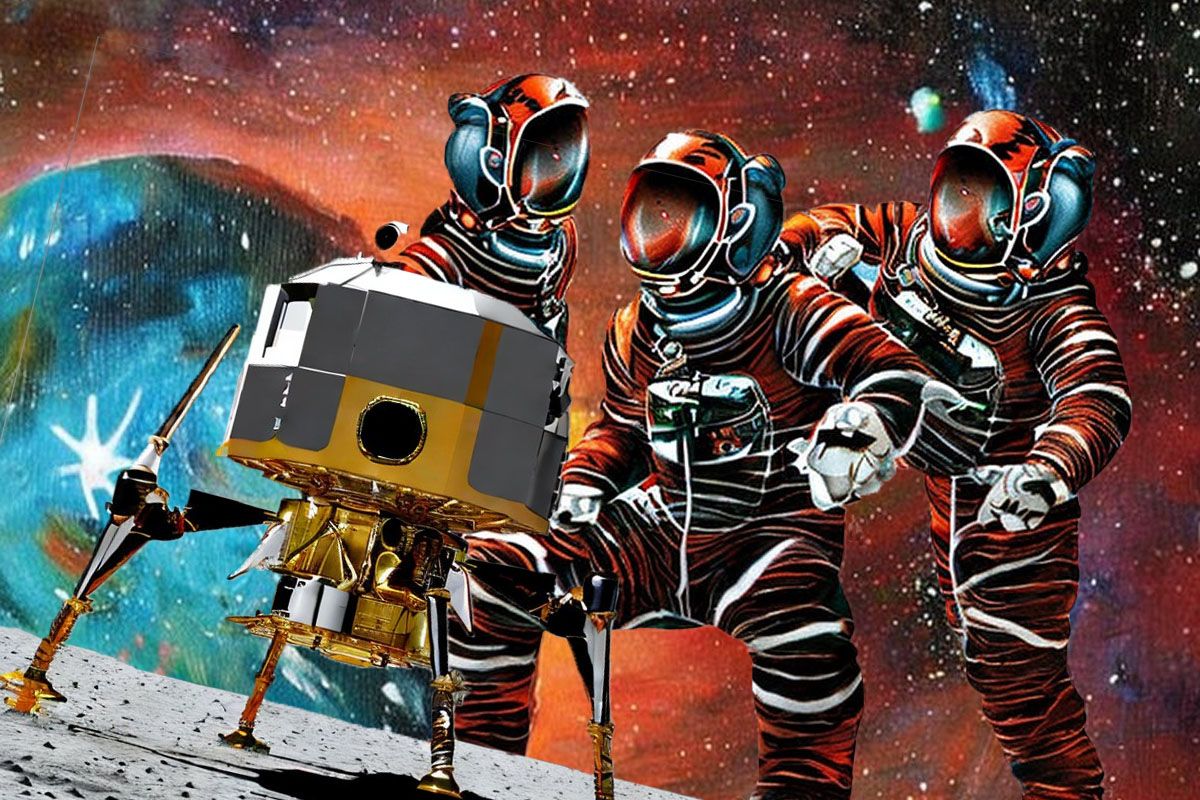Dealing With Dotted Lines in Your Org Chart
Dotted-line reporting reflects shared responsibilities without direct authority. This guide explains when to use them, how to show them, and the pros and cons, plus how to visualize dotted lines automatically with OneDirectory.

If you’re a manager you've probably experienced the struggle with managing dotted line reporting relationships within your team.
Blurred lines of authority, confusion around responsibilities, miscommunication; dotted line relationships in your org chart can create challenges. But they do have their benefits.
In this article we'll explore whether you should consider using dotted line relationships in your organizational chart or organigram, and if so, how you can make them work for you.
Let's dive in.
What is Solid Line Reporting?
In a typical organizational structure, every employee reports to a direct manager (aka their "boss"). This is represented on an organizational chart as a solid line connecting these two people, and it's what we call a solid line reporting structure.
Solid line reporting indicates that there is a direct reporting relationship between two individuals, and it means that one person has authority over another and can give out orders and instructions.
What is Dotted Line Reporting?
A dotted line, on the other hand, is an informal relationship between two people or teams in an organization.
If an employee has a dotted line manager it means that, in addition to reporting to their direct manager, they also report indirectly to a secondary manager or supervisor (who may be in another team).
This which is what we call a dotted line reporting relationship, and the term "dotted line" refers to the lines on an organizational chart.

What Does a Dotted Line Mean on an Org Chart?
A dotted line on an organizational chart diagram indicates that an indirect or secondary relationship of authority or responsibility exists between the two positions or people that the lines are connected to.
Dotted lines can also be used to indicate relationships that are temporary or subject to change, such as when an employee is filling in for another position.
In general, the more dotted lines there are between two positions, the weaker the relationship is between them.
Why Include Dotted Line Reporting in Your Org Chart?
Dotted line reporting is an important concept because it recognizes special relationships between employees and managers that don’t necessarily fit into the traditional hierarchy of an organization.
Including these relationships in your org chart helps ensure that everyone understands who to go to if they have questions or need assistance at work.
Dotted line relationships also allow you to quickly identify which employees have special skills or roles, making it easier for managers and executives to make decisions on who should be involved in certain projects or initiatives.
Create an interactive org charts with dotted-line reporting in seconds.
OneDirectory lets you visualize complex reporting relationships, solid or dotted, automatically from your Microsoft 365 data. No manual drawing, no maintenance.
The Benefits of Using Dotted Lines in Your Org Chart
Adding dotted lines to your organizational chart is a great way to strengthen relationships between colleagues and to streamline communication within departments.
Where a solid line reporting relationship indicates the "hierarchy of managers" in your company, a dotted line reporting structure helps to further clarify roles and responsibilities, which can lead to increased productivity.
Let's take a look at the benefits of dotted line reporting:
- Enhanced Communication: Employees can seek assistance and support from multiple managers, ensuring quicker responses and reduced bottlenecks.
- Clarified Roles and Responsibilities: Clearly define responsibilities across teams, reducing confusion and improving efficiency.
- Improved Collaboration: Promote cross-departmental teamwork, helping employees better understand broader organizational operations.

The Disadvantages of Using Dotted Lines in Organizational Charts
Many companies use dotted lines in their org charts as a way to indicate certain relationships between departments or employees.
However, while dotted lines can be helpful in some cases, they can also create confusion and lead to misunderstandings if not managed properly.
Let’s consider the reasons dotted line reporting might not be for you:
Can Lead To Miscommunication
The main problem with using dotted lines in organizational charts is that they can be interpreted in different ways by different people.
For example, some individuals may view a dotted line relationship as one where information flows freely and easily between two people (regardless of whether that is in fact the case). Another may view a dotted line relationship as a loose connection with no real authority. And yet others may inadvertently view dotted lines as a formal team or group structure when that may not be the case.
This lack of clarity, which can occur if employees aren't familiar with what dotted lines represent in your org chart, can lead to miscommunication and confusion within your organization.
Blurs the Boundaries of Authority
Another issue with dotted lines is that they often blur the boundaries of authority, making it difficult for employees to understand who their "real" manager is or who has authority over any given task or project. This can lead to confusion over who is responsible for what, which can cause projects or tasks to become stalled or even derailed altogether.
Difficult to Navigate the Org Chart
The more connections and layers of reporting you put in place, the more difficult it can be to manage how they are structured in your org chart. Representing both solid and dotted lines in a single org chart can be overwhelming to manage and can be difficult for people to understand.
How OneDirectory Solves Dotted Line Complexity

Traditional org charts, especially those derived from Microsoft 365, typically only capture solid line reporting relationships, leaving matrixed or indirect reporting structures unclear.
OneDirectory's org chart software addresses this challenge by seamlessly integrating dotted line reporting directly into your existing org chart.
Unlike other tools that force you to switch views or contexts, OneDirectory overlays dotted lines neatly within your current solid-line hierarchy. This means you can easily visualize secondary reporting relationships right where you manage and navigate your teams daily.
Interactive visual cues, like dotted tabs and quick tooltips, clearly highlight dotted line relationships, providing instant insights into complex team structures without disrupting your workflow. With intuitive options to toggle dotted lines, OneDirectory makes complex reporting structures straightforward, enhancing transparency and clarity across your entire organization.
By clearly illustrating dotted line connections, OneDirectory simplifies navigating and understanding matrixed teams, ensuring reporting structures are always transparent and accessible.
We’re excited for you to experience this powerful new feature, let us know your thoughts!
Finally, a smarter way to show dotted-line relationships.
Stop editing org charts by hand. OneDirectory auto-builds dynamic org charts, complete with dotted-line reporting, straight from Microsoft 365.
Frequently Asked Questions: Org Charts
What should an org chart include?
A good org chart includes:
- Job titles and employee names (or just roles if preferred)
- Clear reporting lines (who reports to whom)
- Departmental groupings
- Leadership hierarchy
- Optional: contact info, photos, locations, dotted-line relationships
Who creates the org chart in a company?
Org charts are typically created by:
- HR teams – for onboarding, workforce planning, and internal clarity
- Operations or administrative staff – to maintain structure across teams
- People managers – when mapping out team-specific structures
In modern organizations, automated org chart software (like OneDirectory) often handles creation and updates via real-time data syncing.
What is the best tool for org charts in Microsoft 365?
For Microsoft 365 users, OneDirectory is the top choice. It:
- Integrates directly with your Microsoft 365 data
- Automatically updates with role or team changes
- Provides searchable, interactive org charts
Conclusion
The ins and outs of dotted line reporting can be tricky to navigate, but if done well it can improve communication and collaboration throughout your organization.
By understanding how to "read" the dotted line relationships in your org chart and how to manage the boundaries of authority they can affect, everyone in your organization can benefit from the improved clarity they bring to your organizational structure.



